Building advocates’ capacity for judicial policy reform in Samoa
From October to November 2021, we ran a virtual TrackGBV Train-the-Trainers intensive program with participants from the Ombudsman’s Office and Ministry of Justice in Samoa. The training featured the latest TrackGBV data from Samoa which can be explored in the recently launched TrackGBV Dashboard. TrackGBV is centered on monitoring accountability through data and technology to support judicial policy reform. By deploying our legal advocacy and training programs, we aim remove gender discrimination from judicial decision making.
In Samoa between 2014 and 2020, contentious factors like gender stereotypes, customary practices, or other contentious factors were used to reduce perpetrators’ sentences in over 1 in 2 GBV sentencing decisions.
Check out what one of our participants, the Director of Human Rights at Samoa’s Office of the Ombudsman/National Human Rights Institutions, Loukinikini Vili, had to say about TrackGBV and the Train-the-Trainers program:
Vili shared, “the training not only showed us information about the trends in sentencing decisions, but it definitely got us thinking about a lot of things. Some of them include, what was the judge thinking when they gave the decision or what type of information was provided to the judge that influenced their decision?”
“When we were analyzing some of Samoa’s gender-based violence sentencing decisions, we were also able to identify and discuss different gender biases and discrimination and how patriarchy and toxic masculinity in Samoa drive gender-based violence.”
Another participant, Faagutu Vaalotu, from the Ministry of Justice shared that, “this training has refreshed my thinking about ways to improve the way we work. I think there’s a lot of areas we need to look closely at.”
Vaalotu explained that TrackGBV fills some of the gaps they have from not having an integrated electronic case management system. She adds, “We have the challenge of not having an integrated electronic case management system. With the case analysis from TrackGBV, that really puts the alarming picture of what’s happening out there. That sort of approach is very effective in driving this message, especially if it’s the judiciary that’s handing down the decisions.”
You can find an outline of the program below. We will be offering this training for other jurisdictions in the future. Please reach out if you’d like to collaborate or participate in one of the next programs.
Week 1: Introductions
Training Goals:
- Creating working definitions of “gender bias, gender stereotyping, and gender discrimination”
- Understanding the impact of gender-based violence on women and girls in Samoa
- Identifying the impact of gender bias on sentencing decisions through activities and case studies
- Understanding best practices for tackling gender-bias in judicial decision making
- Collaborating on the development of proposed policy or directives
- Tackling policy implementation and obstacles to changing the behavioral mindset around gender-based violence
- Ensuring that our trainers are ready to train!
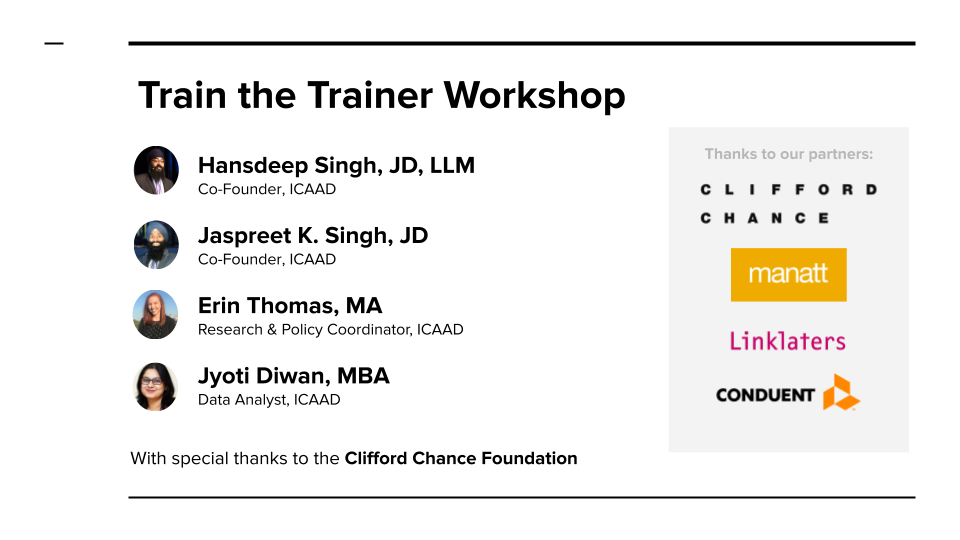
Exercise:
Participant relationship-building and discussion of expectations.
Week 2: Systems Driving GBV in Samoa
Purpose/Learning Goal:
- Creating working definitions of “gender bias, gender stereotyping, and gender discrimination”
- Understanding the impact of gender-based violence on women and girls in Samoa
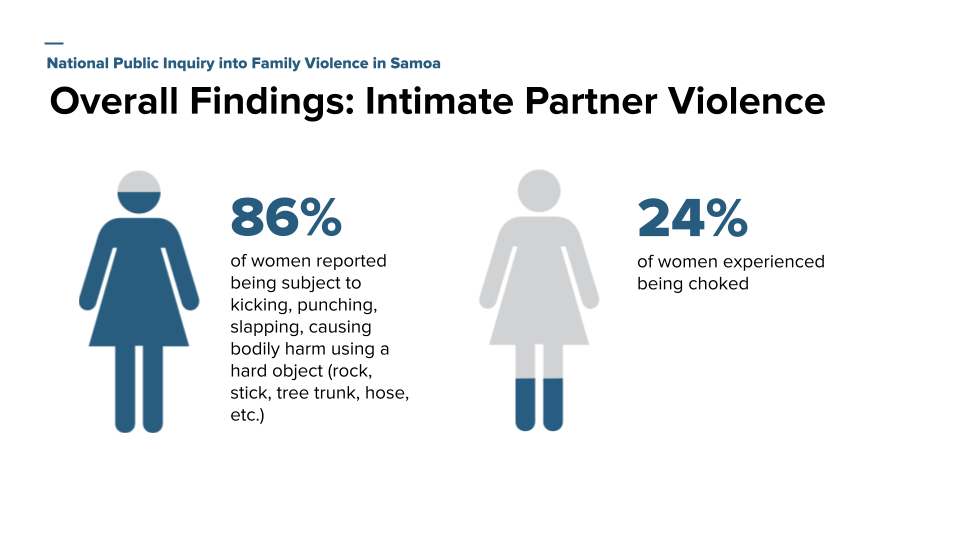
Exercise:
Affinity Mapping around gender stereotypes and rape myths.
Journey Mapping of a survivor of domestic violence in Samoa.
Week 3: Analyzing Sentencing Decisions
Purpose/Learning Goal:
- Identifying the impact of gender bias on sentencing decisions through activities and case studies
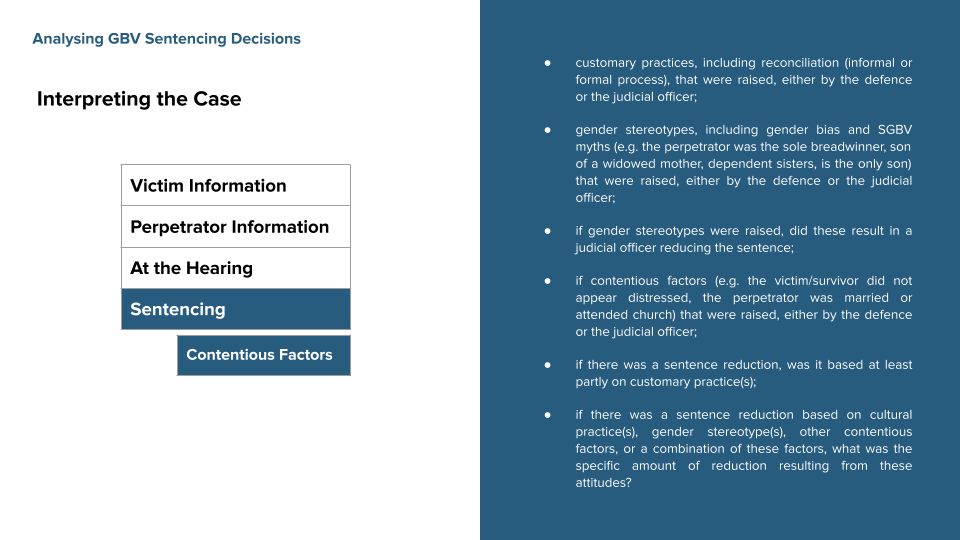
Exercise:
Analyzing a case together and reviewing the contentious factors raised and what impacted the sentence.
Week 4: Analysis of Samoa Data
Purpose/Learning Goal:
- Identifying the impact of gender bias on sentencing decisions through activities and case studies
For up-to-date stats for Samoa, visit the TrackGBV Dashboard.
Exercise:
Group discussion about their expectations and surprises about the data.
Week 5: The Role of Legislation and the Courts in GBV Cases
Purpose/Learning Goal:
- Understanding best practices for tackling gender-bias in judicial decision making
- Collaborating on the development of proposed policy or directives
- Tackling policy implementation and obstacles to changing the behavioral mindset around gender-based violence
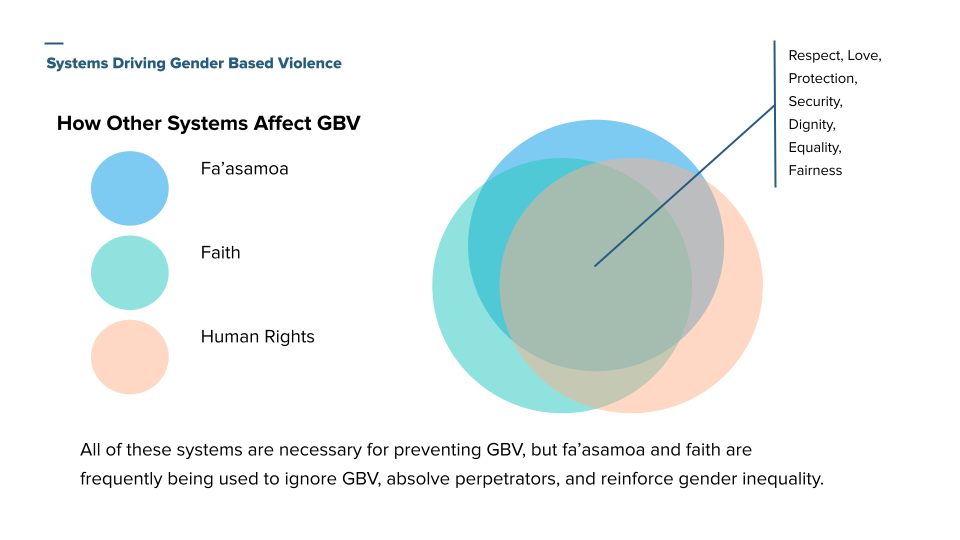
Exercise:
Agree/disagree poll on various questions related to the application of legislation and the use of the courts and discussion.
Week 6: International Best Practices
Purpose/Learning Goal:
- Understanding best practices for tackling gender-bias in judicial decision making
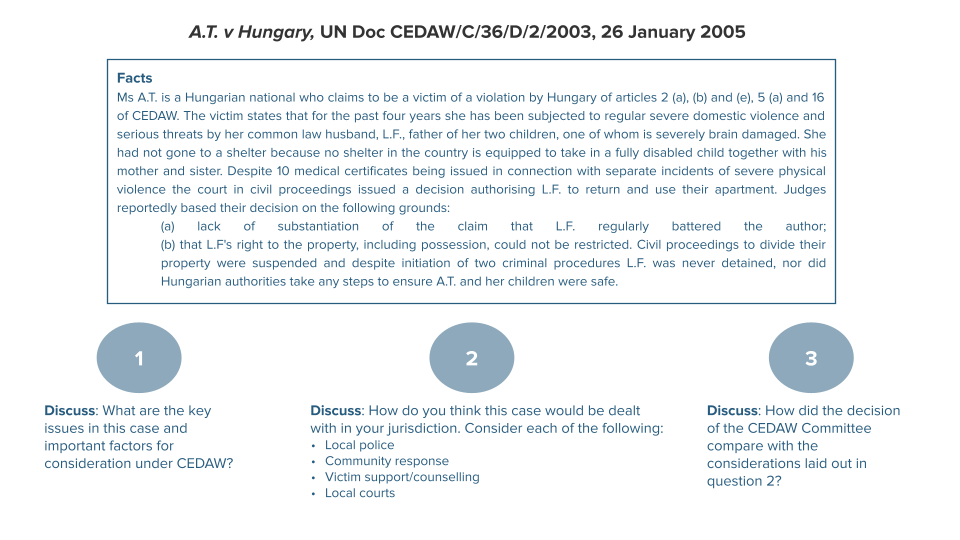
Exercise:
Review CEDAW cases testing how they would be adjudicated in Samoa.
Week 7: Behavioral Biases and Policy Change
Purpose/Learning Goal:
- Collaborating on the development of proposed policy or directives
- Tackling policy implementation and obstacles to changing the behavioral mindset around gender-based violence
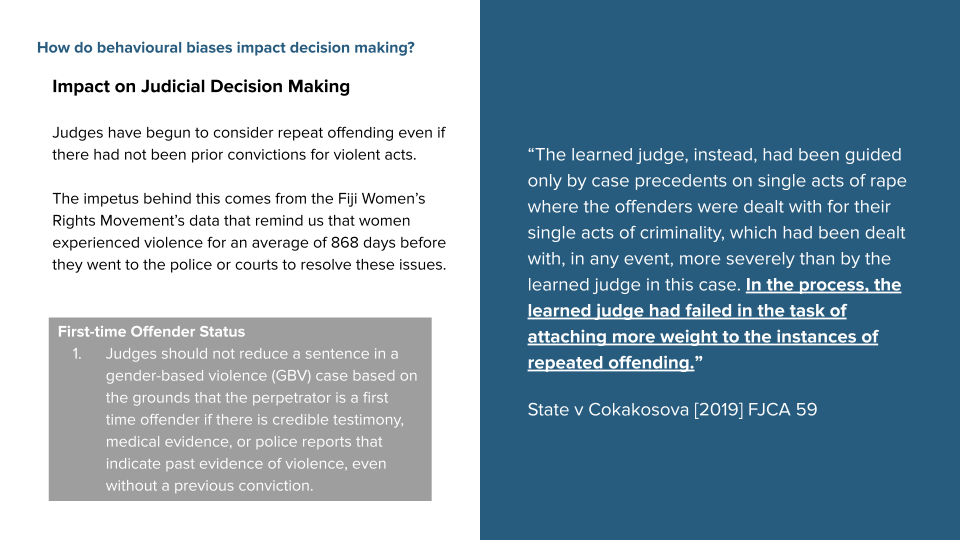
Exercise:
Generating policy priorities among the cohort with an advocacy plan. Can involve co-designing judicial practice directives.
